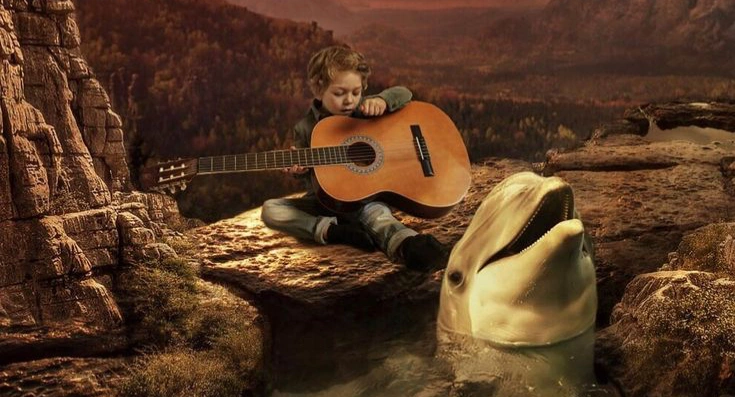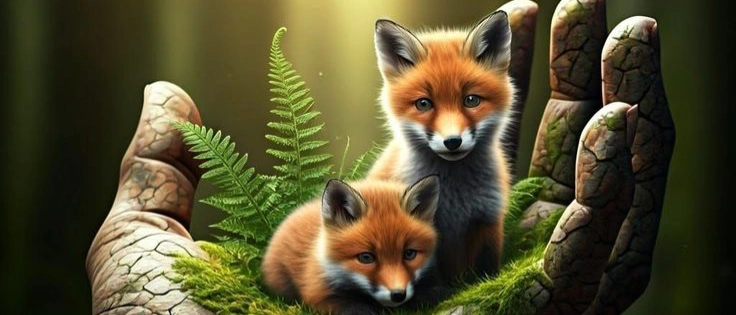The Animal World: Our Planet’s Neighbors We Often Overlook
Every day we pass by dozens of animals without realizing how truly incredible they are. Animals are not just inhabitants of forests, fields, or oceans. They are intelligent, sentient beings, each playing a unique role in our planet’s ecosystem.
From giant elephants capable of remembering faces and mourning their dead, to tiny bees without which most plants would not exist — animals surround us everywhere. They live their own lives, interact, learn, adapt, and build complex social structures. But more often than not, we only see them as a pretty image in documentaries or as a fluffy companion at home.
One of the most touching aspects of the animal world is their capacity for empathy. Scientists have repeatedly documented cases of dolphins saving drowning humans, dogs sensing illnesses in their owners, and elephants helping other animals in distress. These behaviors show that animals' emotional intelligence runs far deeper than we once believed. Some birds, like magpies and crows, even engage in rituals when one of their group dies — a small but powerful gesture that mirrors our own sense of grief and loss.
Yet despite this, animals remain vulnerable. Because of human activity, dozens of species go extinct every year. Forests are cut down, oceans are polluted, habitats are shrinking. Climate change disrupts natural balance, and hunting and poaching only worsen the situation. According to WWF, wildlife populations have declined by more than 60% over the past 50 years. Creatures that once roamed freely in vast numbers are now rarely seen — if they haven’t vanished entirely.

And it’s not just exotic wildlife at risk. Even common animals — hedgehogs, frogs, butterflies, songbirds — are declining at alarming rates. Urban development, pesticides, and light pollution are quietly pushing these everyday wonders out of our lives. The result is a gradual, almost invisible erosion of the biodiversity we so heavily depend on.
So what can we do? A lot. We can support organizations that protect animals and their habitats. We can avoid products linked to animal cruelty — from cosmetics tested on animals to exotic leathers and furs. We can choose eco-friendly goods, reduce plastic use, recycle, and support sustainable farming. We can plant native flowers to help bees, set up bird feeders, or simply let part of our garden grow wild to create a mini sanctuary.

Teaching children about animals is also key — not just in terms of facts, but empathy. The next generation must understand that every ant, every fox, every fish in the stream plays a part in something bigger than us. And that kindness to animals is a reflection of the kind of society we choose to build.
The animal world is not a "separate" world. It's part of us — part of the very planet we live on. Their voices may be quieter than ours, but they are still there. Whether we hear them or not depends on each of us. Because the way we treat animals doesn’t just define their future — it defines our own.
Close